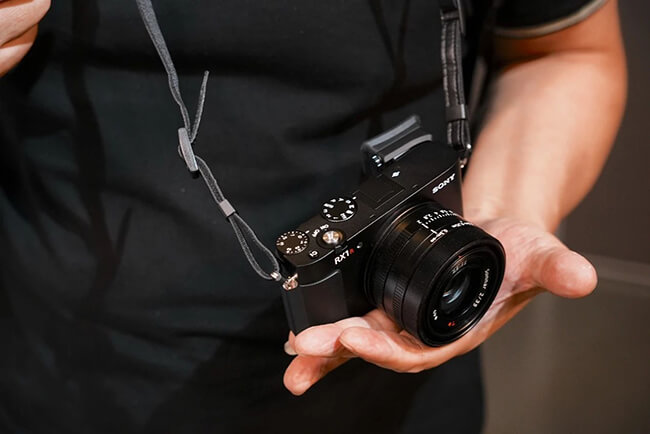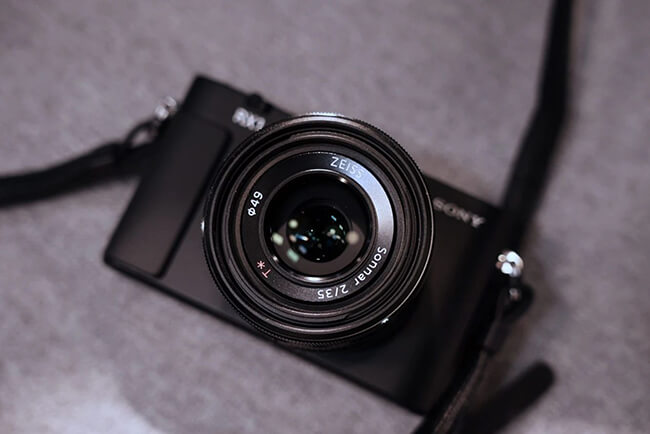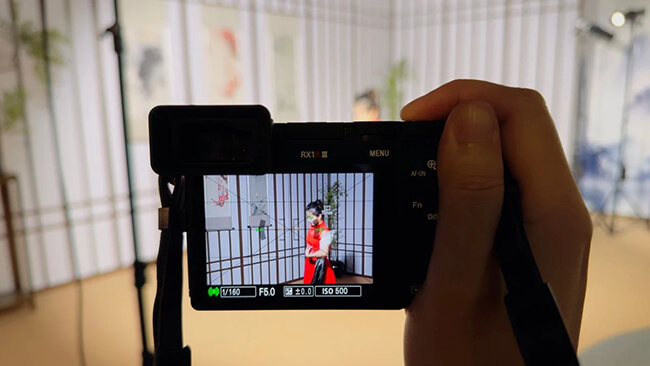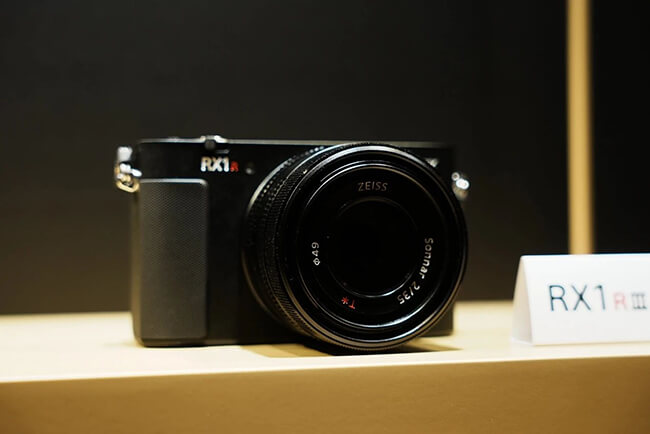After the release of the Sony Cyber-shot RX1R II in 2015, the RX1R series fell silent. Responding to the calls of numerous photographers, a decade later, the RX1R III has stepped back into the public spotlight, wielding the power of approximately 61 million pixels and the wisdom of the AI era. This seemingly niche flagship model not only continues a classic legacy but also represents the ultimate interpretation of the "portable creativity" philosophy.

The magnesium alloy body, paired with a matte metallic finish, gives the RX1R III a refined texture and a comfortable grip. The control dial is embedded in the flat top panel, with the shutter button and exposure compensation dial arranged in a stepped design—preserving the satisfying feel of mechanical operation while keeping the overall thickness at just 42mm. Combined with its lightweight design of approximately 498g (including battery and memory card), it can easily fit into any everyday bag.
The full-frame Exmor R CMOS sensor with approximately 61 million pixels, paired with the Bionz XR processor’s algorithms, delivers performance advantages such as high resolution, high sensitivity, low noise, and a wide dynamic range. The classic Zeiss Sonnar T* 35mm F2 lens further enhances the storytelling quality of every photograph.

While the step zoom function relies on digital cropping, the pixel count at its equivalent focal lengths (29 million pixels at 50mm equivalent, 15 million pixels at 70mm equivalent) still outperforms most fixed-focus compact cameras, offering photographers greater shooting convenience.
Equipped with an AI intelligent chip, it features real-time automatic subject recognition and continuous tracking focus. Its human posture recognition can accurately detect the position of a person’s body and head. With 693 phase-detection autofocus points covering approximately 78% of the frame, focusing is precise and rapid. In practical shooting, the focus can lock onto a dancer’s eye and track continuously, with AI focusing performance on par with the A7C II.
The RX1R III’s screen delivers a delicate display, featuring a new menu design and support for vertical screen mode.

The in-lens shutter’s minimal vibration and silent operation, even without image stabilization, increase the success rate of capturing the perfect shot.

Video shooting is not the RX1R III’s forte or primary focus. Its maximum 4K 30p video specification is somewhat modest, but support for 1080 120p, S-Log3, S-Cinetone, and custom LUT import allows it to meet photographers’ video needs to a certain extent.

Priced at 5,099 yuan, it targets the high-end market while precisely catering to the needs of a specific group: the RX1R III is a portable notebook for recording inspiration in the gaps of life, helping you capture more fleeting emotions.
The ultimate charm of this camera may lie in how it redefines "the distance between a camera and life"—when a creative tool becomes as unobtrusive as a a pen carried with you, those fleeting moments finally stand a chance to be frozen into eternity.

Related Tags: Sony
